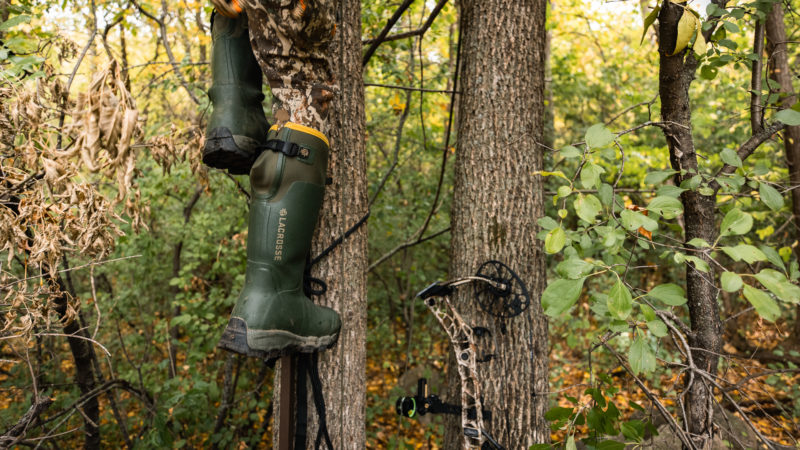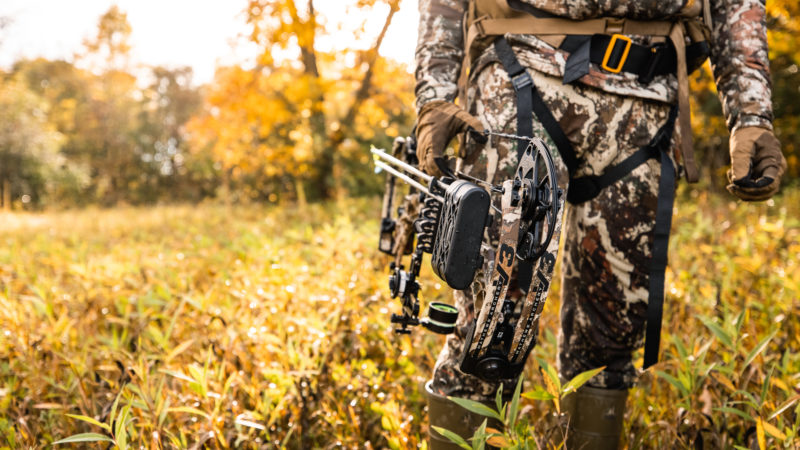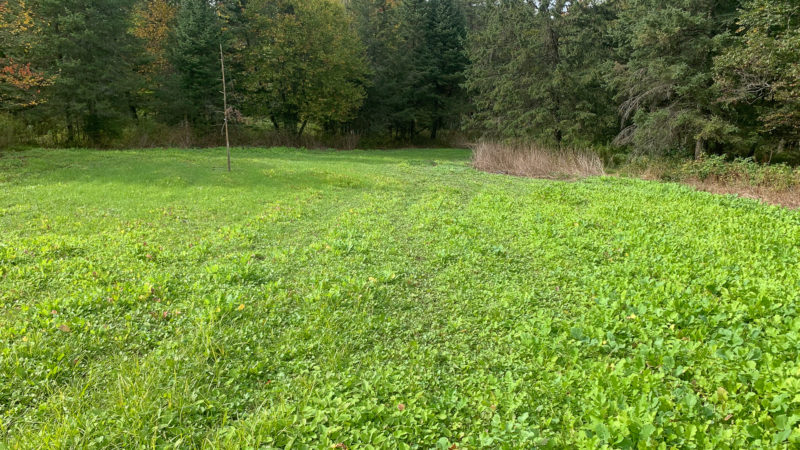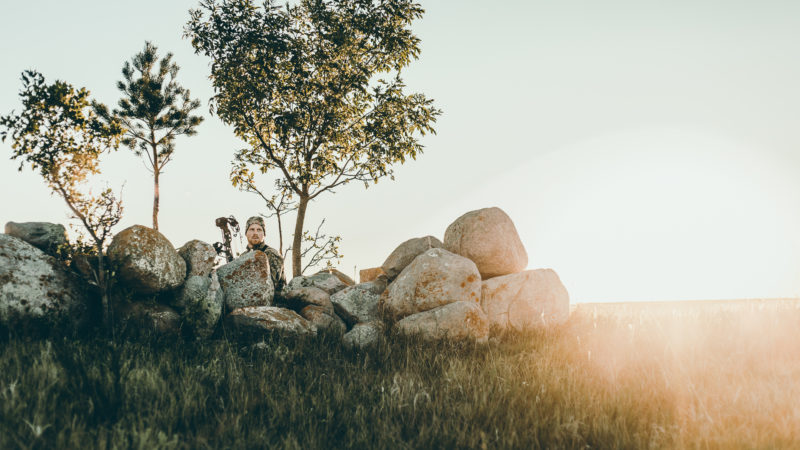LAST UPDATED: September 8th, 2022
Anticipations are always high as archery seasons open across the US and Canada. We’ve all been chomping at the bit to hit the deer woods since last season closed. And through summer, most of us have put forth great effort into planting food plots, setting and tweaking stands and keeping tabs on our trail cameras.
In our haste, we’ve all made mistakes along the way at the expense of spooking a target buck or ruining a great stand location. Like an NFL head coach instructing his team to go for it on fourth and twenty during the first quarter of the game, there are mistakes that folks commonly make that can have lasting consequences and affect your season’s outcome. Below, we’ll address five in particular.
1. Hunting Your Best Stand at the Wrong Time
Some stands are best left for the rut, because if you wear them out right away during the first few weeks of the season, deer will feel the pressure you impose on their home turf and then alter their daily habits.
In other words, picking a green tomato can be taboo on your season. If you have a stand that you know is best suited for the rut, then hunt other stands until you’re certain the time is right to swoop in for the kill.
At the same time, don’t miss out on the opportunity to maximize your early season sets. If you’re confident of an encounter in bow range, make your move, regardless of what phase of the hunting season it is.

2. Poorly Accessed Morning Stands
Field edges often have the most deer sign because that is where deer congregate to feed. While some deer trickle out before dark in the evenings, most deer activity on field edges usually occurs during the dark hours.
With that being said, hunting that location in the morning means that you’ll have to walk through deer to reach your stand location, and that will almost always end with deer snorting and a deer-less morning hunt.
Even if you have your stand positioned closer to a bedding area, the route with which you access it can greatly affect morning movement. Don’t walk through fields or other food sources, and don’t walk upwind of nearby food sources.
Poor access can ruin a morning hunt before it begins, so choose your stand location, and access route, wisely.

3. Knowing When and Where to Be Aggressive
Once while hunting over a private alfalfa field during the first week of October, I heard multiple aggressive rattling sequences created by a hunter on an adjoining public parcel. The dude smashed his antlers together with force as if it was the first week of November. And the deer movement was greatly minimized that evening compared to a usual afternoon over that lush alfalfa.
This is one example of being too aggressive too early. A little antler tickling can coax a buck in during early October, but blindly rattling with force can be a bad thing.
Another example is hiking into the heart of deer habitat your first time in a new area. Without any prior experience of how deer use the area, you can easily make a big mistake your first time in and spook deer.
If time allows, take up an observation setup for a night that allows you to observe the general area. You’ll get a feel for how deer use the area, and it can help you make a productive next move.
4. Hunting the Wrong Food Source
It’s a given that deer feed on different things at different points in the season. I’ve seen luscious alfalfa fields filled with deer one evening and nearly vacant the next. It could be another underlying factor, but most likely it’s that oak trees have started dropping acorns.
Whitetails favor the cover closest to their bedding areas, and when an oak tree, or several, near that area begin sending nut missiles to the earth, it becomes their primary food source almost immediately and will stay that way until the supply diminishes.
Don’t continue hunting the same food source over and over if the deer aren’t using it like they were during the opener, or even before season. Determine what other likely food sources exist, and tweak your plan to get back into the deer movement. If the food source you are hunting is unproductive, move on.

5. Failing to Hunt a Good Spot Because There Isn’t a Good Treestand Tree
I can’t count how many times I’ve found trampled deer intersections and then could not find a suitable tree in which to hang a stand. Perhaps the area only has giant cottonwood trees, twisted scrub oaks, or no trees at all.
This presents a dilemma most bowhunters have faced at some point. If you’ve walked away from these spots, labeling them, “unhuntable,” you could be walking away from a great opportunity.
If your confidence is high that deer will use the area during daylight, look for alternative ambush options. On the prairies, it could be an elevated embankment that you need to modify with a shovel to create a shelf to use for a chair.
Along a river crossing, parking your hind end against a large cottonwood tree will disguise your outline. On a field edge with no trees in sight, try to melt into any available cover. I’ve used golden rod and branches to create a natural blind and have had deer walk out 4 yards away without knowing I existed.
If you hunt the wind and find a way to disguise yourself, you don’t always need to be in a treestand or a pop-up blind. Often, you can identify some form of natural ambush that will work. You might have to move way more carefully, but it’s better than walking away from a hotspot on the premise that you can’t use a treestand.

Conclusion
If the mistakes I’ve outlined above sound familiar — you’ve been making them when you hunt during the early season — try to avert them. At first glance, they might not seem like a big deal, but they certainly can shape your season’s outcome. Is that a chance you’re willing to take?

 By
By 



